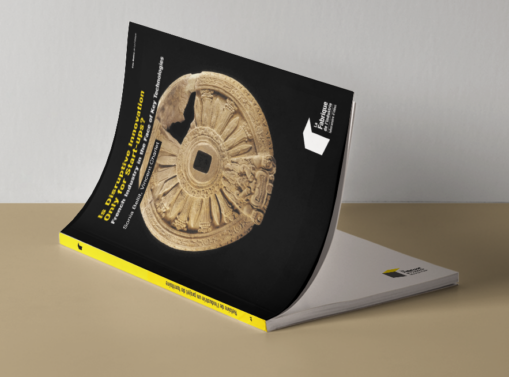Do French companies make efficient investments?
To attempt to answer these questions, this note looks at the aggregated behaviour of investment by French companies from 1995 to 2016, and compares it with that of their European counterparts in Germany, Spain, Italy, Sweden, the Netherlands and the United Kingdom.
Over the last decade, investments by companies have been higher in France than in most other European countries, both at the broader scale of non-financial companies and at the smaller scale of the manufacturing sector. In the latter, investment expenditure represented 25.7% of value added in 2016, compared to 19.0% in Germany. Nevertheless, in terms of competitiveness and productivity gains, our economic performance does not mirror this effort. The gap raises numerous questions about the effectiveness of investment and the origins of a possible French investment “paradox”.
To attempt to answer these questions, this note looks at the aggregated behaviour of investment by French companies from 1995 to 2016, and compares it with that of their European counterparts in Germany, Spain, Italy, Sweden, the Netherlands and the United Kingdom. The analysis of the breakdown of investment by type of asset provides several elements of an answer.
Firstly, investments in intangible assets such as R&D, software and databases are very high in France, and higher than in the other European countries studied, with no obvious explanation. Investment in software is particularly marked in France, and in fact accounts for much of the high level of investment by businesses in our country. In addition, taking intangible assets in the broad sense, French companies also spend more on advertising, training and organizational capital than most other European countries. The reason for this tendency and its lack of clearer impacts on competitiveness remains to be determined. This initial observation calls for additional research, including some based on company data. It could at least partly be put down to an accounting artefact, due to a lack of standardization in national and business accounting practices in Europe, despite considerable efforts in this direction.
The second striking observation is the unusually low level of investments in machines and equipment in France compared to its partners. According to surveys of the manufacturing sector by the national statistics body, Insee, these investments are mainly made to renew and replace equipment rather than modernize and extend production capacities. Given that investment in more efficient equipment can make companies more competitive, the low level of this type of investment could partly explain the disappointing performance of French industry. The causes remain to be identified, bearing in mind that French companies benefit from relatively easy financing conditions.
Lastly, we rule out two hypotheses frequently put forward on the subject of so-called “non-productive” investments. Our analysis shows that, despite a growing share of investment in construction, it does not explain the investment gap between France and other countries, nor does it constitute an obstacle to productive investments. In addition, companies’ efforts to comply with changing regulations, which can be considerable in sectors like the chemical industry, involve additional costs, but are not specific to France. The hypothesis of more restrictive regulations in France, if proved true, would still only partially explain the high level of investment by companies in the manufacturing sector.
None of these results confirm the theory of a lack of investment in the French manufacturing industry, but they point to insufficient modernization efforts in one specific sector, i.e. machines and equipment. While this shortfall is concomitant with a decrease in our industrial export competitiveness, the cause remains to be found.
In addition, although its apparent large scale should probably be tempered by potential accounting artefacts, the considerable investment in intangible assets observed in France compared to other Europeans countries raises questions. One hypothesis is that, more than in other countries, French industrial businesses have opted to have their goods made in low-cost countries while continuing to design them in France. In this case, the effectiveness of French investment from a shareholder point of view, measured by the profitability of companies and groups whose headquarters are located in France, would play against its macroeconomic efficiency, measured by employment, productivity, and the national trade balance. One way of restoring consistency between these two micro- and macro-economic investment objectives would be to make the country more attractive for production activities. Developing this hypothesis further requires data on the share of domestic design and international production in company turnover.
To order the Note in paper version, please go to the Presses des Mines website.




